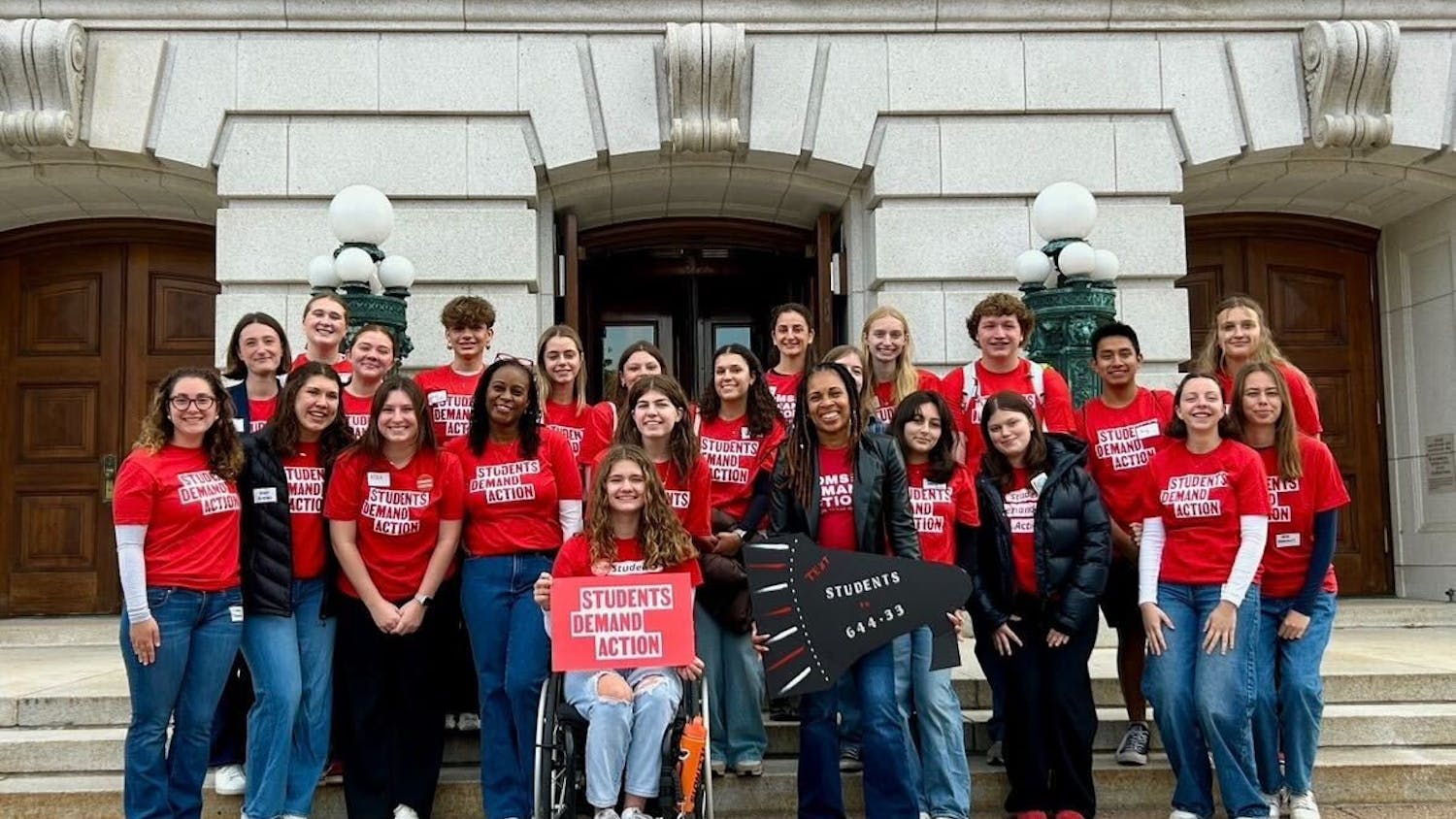SCIENCE
The IceCube Neutrino Observatory at the South Pole, a project led by International IceCube Collaboration and funded by the National Science Foundation with UW-Madison as its lead institution, is currently researching the origins of cosmic rays.
Cosmic rays are high energy particles, such as pieces of protons, electrons, or atomic nuclei, which come into our solar system at almost the speed of light from far corners of the galaxy.
The two theories of cosmic ray origin are massive black holes and Gamma Ray Bursts, flashes of gamma rays from extremely distant and energetic explosions. Since the end of the observatory’s construction in December, 2010, the researchers at the IceCube have discovered an absence of neutrinos during Gamma Ray Bursts. This led them to the new theory that neutrinos and cosmic rays are produced in fireballs and Gamma Ray Bursts.
The IceCube detects the sources of the highest energy neutrinos, which are massless particles that they suspect accompany cosmic ray production. These are detected through 5,160 optical sensors connected by strings that hang 2.5 kilometers (1.6 miles) deep into the glacial ice, covering one cubic kilometer (0.2 cubic miles). These sensors pick up the blue light produced by neutrino interactions with ice as well as scan for supernova explosions and black hole births.
The project is primarily run by UW-Madison professors, graduate students, and additional researchers including Principal Investigator, Professor Francis Halzen.
The Amundsen-Scott South Pole station and the IceCube also include workers other than researchers and scientists such as cooks, medical personnel, support staff, and media workers and journalists. In all, this small barren community can support up to 200 people. Workers must go through an extensive physical and mental examination as well as a competitive application process.
The headquarters for the project are in Madison, where there is also strong involvement on the project. The data collected at the IceCube is used in further astrophysical source modeling and data analysis such as the reconstruction of particle tracks and simulation.
Those interested in working at the South Pole Station, for the IceCube Neutrino project, or for this kind of astrophysical research, should contact the United States Antarctica Program (USAP) or visit the IceCube Neutrino Project website at http://www.icecube.wisc.edu/jobs.
CORRECTION NOTICE: This online article was updated on May 09, 2012 to note NSF as a funding source and the role of professors in the project, including Professor Francis Halzen. Additionally, Raytheon Polar Services Company was removed as a contact for job openings as they no longer handle Antarctic logistics contracts for the IceCube Neutrino Project.





